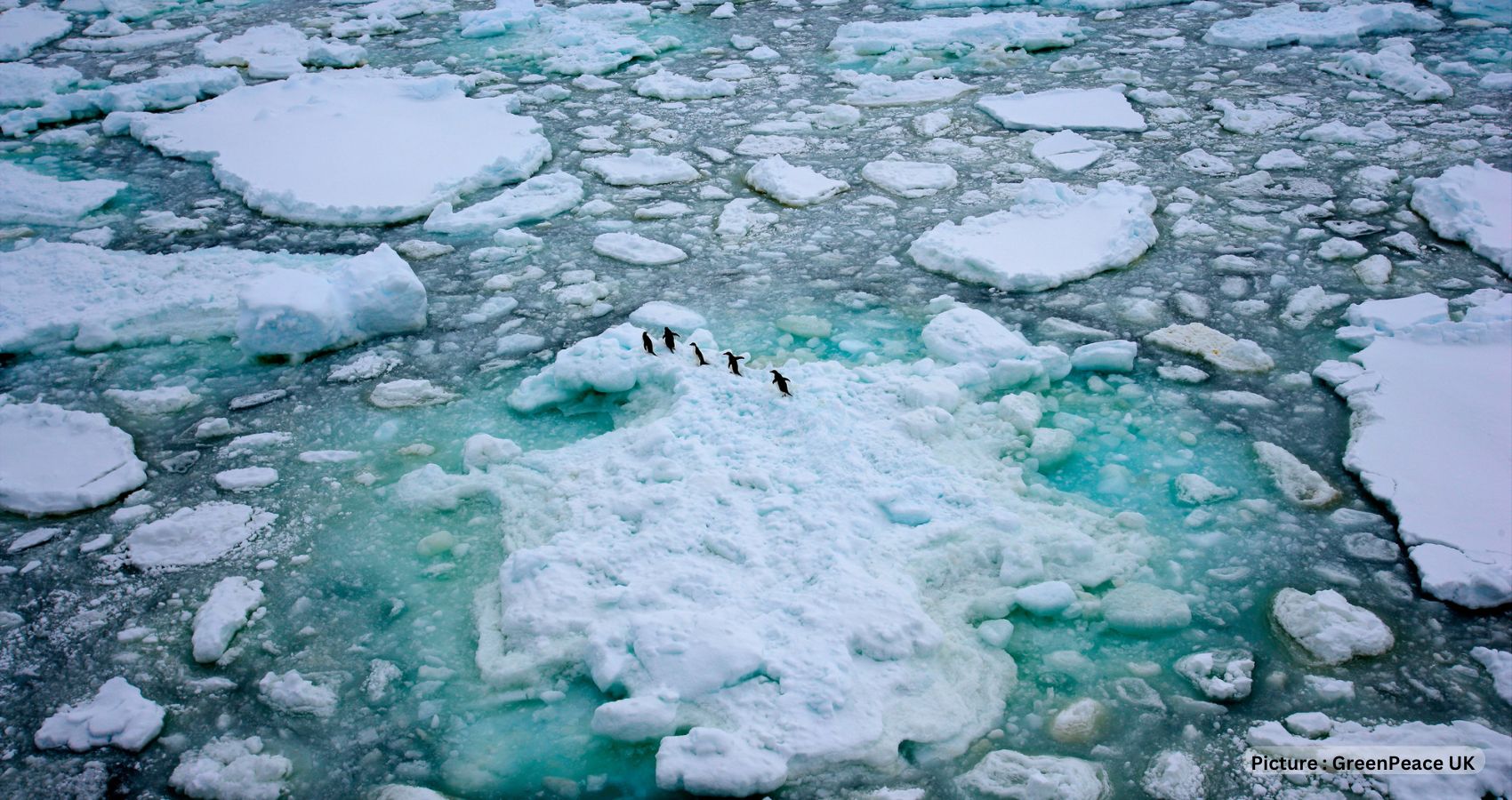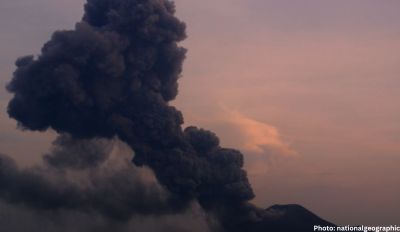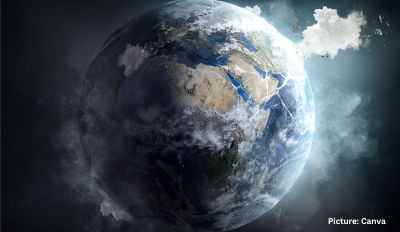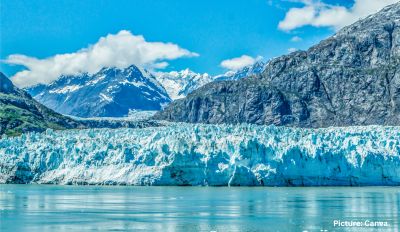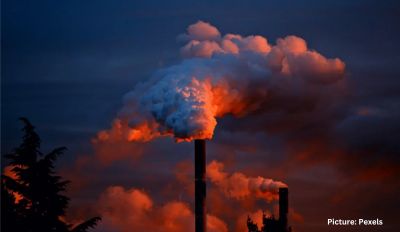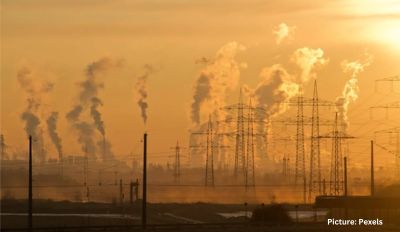Greenland, the world’s largest island situated in the Arctic, is typically covered in ice. However, as temperatures in the far north are rising more rapidly than in most other regions on Earth, its vast ice sheets are melting into an increasingly warm ocean.
A recent study discovered that Greenland has not experienced such warmth in a millennium. This unprecedented Arctic thaw contributed to 40% of the global sea-level rise in 2019. Researchers are alarmed by the potential disintegration of Greenland’s Petermann Glacier. Located on the ocean’s edge, its retreat will leave the enormous ice sheets behind it exposed to warming seawater. Scientists who have been analyzing the glacier warn that the anticipated sea-level rise could potentially double.
The rapid shrinking of Earth’s largest ice sheet presents a significant risk to low-lying islands and coastal regions susceptible to rising sea levels. Meanwhile, the Indigenous Inuit population in Greenland is quite literally living on fragile ice, which signifies a diminishing habitat for native fauna such as seals, bears, and walruses.
In the southern polar region of Antarctica, the extent of sea ice had been growing by roughly 1% per decade since the 1970s. However, last year it reached its lowest recorded level. Concerns are mounting that the Thwaites Glacier, equivalent in size to Florida and the planet’s largest ice mass, is beginning to fracture due to warming Antarctic waters.
Given the southern polar region’s remoteness, researchers are still attempting to determine the full extent of the potential damage in the area.
Reasons Behind Faster Arctic Warming Compared to Antarctic
Between 1979 and 2021, a span of over four decades, the Arctic experienced warming at a rate four times faster than the rest of the world, according to scientists. Consequently, it is not surprising that researchers have confirmed that two-thirds of global ice melt is occurring in Greenland.
The situation is so dire that the majority of the vast Greenland ice sheet is projected to melt if global temperatures rise by 1.6 degrees Celsius compared to pre-industrial levels around 250 years ago. Currently, the world has warmed by approximately 1.2 degrees Celsius. If the ice sheet melts, sea levels could potentially rise by up to seven meters.
Experts suggest that the Arctic is warming more rapidly than the Antarctic due to the presence of significantly more liquid water surrounding the region during summer and autumn, when sea ice recedes. This water absorbs sunlight, unlike ice which reflects it, leading to increased ocean warming.
As the Arctic primarily consists of an ocean with sea ice, it has been more affected by rising ocean temperatures than the Antarctic, which is predominantly comprised of ice-covered land. Furthermore, the ocean currents in the Southern Ocean tend to draw up deep, cold water, which helps maintain cooler temperatures in the Antarctic region.
Nevertheless, ice melt in the Antarctic is on the rise, showing an increase of approximately 65% compared to the 1990s.
The Importance of Glaciers as “Water Towers”
Global warming, primarily caused by the burning of fossil fuels and the subsequent release of greenhouse gases, is not only affecting polar glaciers but also the world’s mountain glaciers.
There are approximately 200,000 mountain glaciers worldwide, and they are currently melting at a rate faster than they can accumulate. Despite covering less than 0.5% of Earth’s surface, these “water towers” supply fresh water to nearly one-quarter of the global population. These glaciers also contribute to the rivers that irrigate crops essential for the sustenance of hundreds of millions of people across Asia, South America, and Europe. Without these glaciers, many individuals may face both thirst and hunger.
Scientists warn that the retreat of these water towers puts nearly 2 billion people at risk of water scarcity. In South America, cities like Santiago, Chile, have witnessed their drinking water supplies dwindle as nearby Andes Mountain glaciers recede. Furthermore, the European Alps’ glaciers, which provide a significant amount of fresh water throughout the region, have diminished by about half since 1900. If efforts to curb warming are not increased, these glaciers could be nearly ice-free by the end of the century.
The Impact of Rock and Dirt on Glacial Melting Rates
Rock and dirt-covered glaciers typically melt more rapidly than cleaner ice, as the darker materials absorb greater amounts of solar energy. Scientists report that these stones and rocks can reach temperatures as high as 40 degrees Celsius at high elevations, accelerating ice melting and potentially leading to a wider glacial meltdown.
However, a new issue has emerged in the western Greenland ice sheet: the unexplained appearance of purple algae. This algae darkens the ice surface, absorbing more sunlight. In response to UV radiation, the algae blooms turn purple as a protective measure, but eventually become a sooty black color, which further amplifies the heating process.

